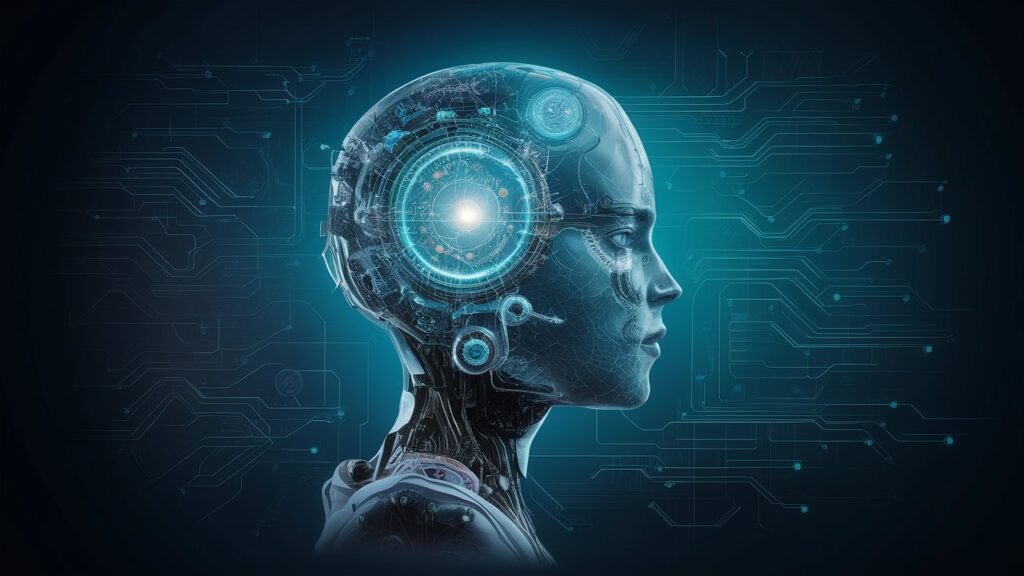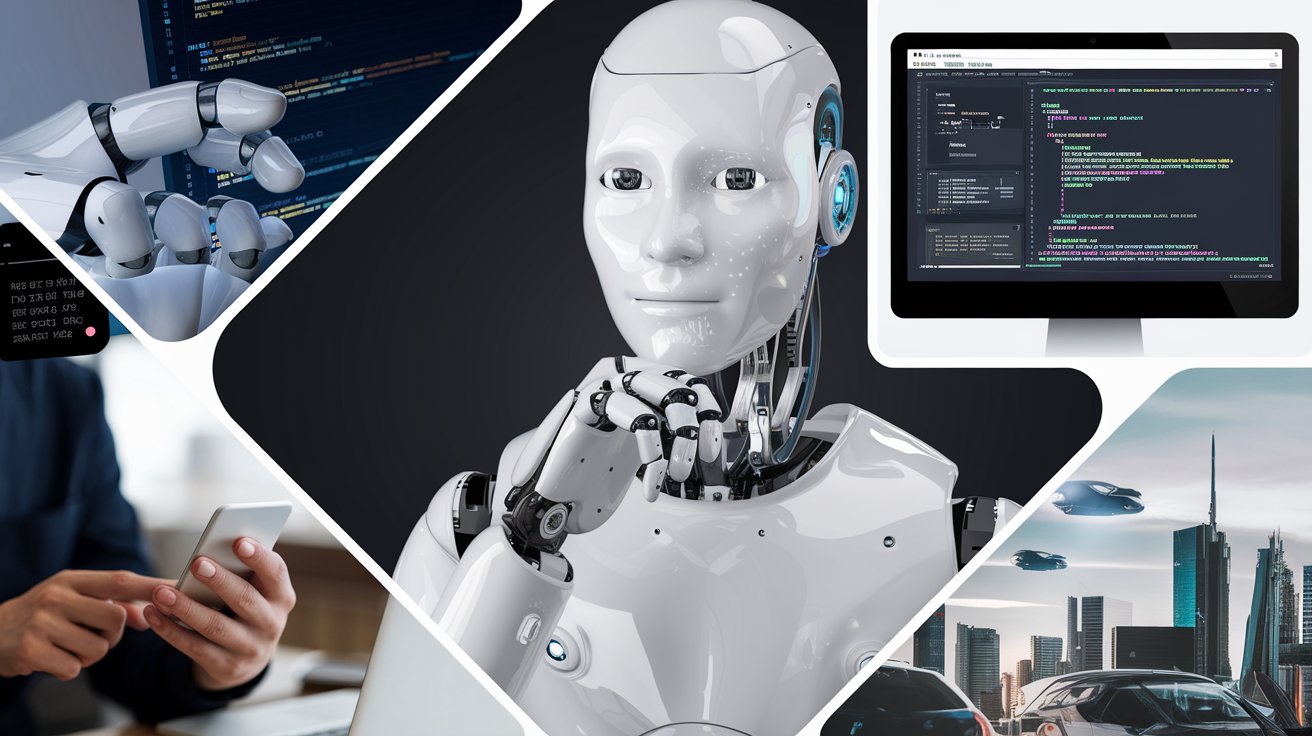Artificial Intelligence (AI) continues to evolve at an unprecedented rate, reshaping the way we interact with technology. One of the most significant advancements in AI is the development of language models. Among these, GPT-4o stands out as a revolutionary model. In this article, we will delve into the intricacies of this cutting-edge AI, exploring its features, applications, and potential impact on various industries.
What is GPT-4o?
GPT-4o, short for Generative Pre-trained Transformer 4 optimized, is an advanced AI language model developed by OpenAI. Building upon the success of its predecessors, it brings a new level of sophistication and efficiency to natural language processing (NLP). Additionally, it is designed to generate human-like text based on the input it receives, making it a powerful tool for a wide range of applications.
Key Features of GPT-4o
- Enhanced Accuracy: This model boasts improved accuracy in understanding and generating text, reducing errors and enhancing the quality of output.
- Faster Processing: With optimized algorithms, it processes information more quickly, making it suitable for real-time applications.
- Scalability: The model can handle larger datasets and more complex tasks, making it versatile for various industries.
- Contextual Understanding: Its ability to understand context has been significantly enhanced, resulting in more relevant and coherent responses.
The Evolution of GPT Models
The journey from GPT-1 to GPT-4o has been marked by significant milestones and continuous improvements. Understanding the evolution of these models helps us appreciate the advancements that the latest version brings.
GPT-1
The first version, GPT-1, introduced the transformer architecture and demonstrated the potential of pre-trained models for NLP tasks. It laid the foundation for subsequent models by showing how unsupervised learning could be used to understand and generate human language.
GPT-2
GPT-2 expanded on the capabilities of its predecessor with a larger dataset and more parameters. It was able to generate more coherent and contextually relevant text, making it useful for a wider range of applications. However, concerns about its potential misuse led to a cautious release.
GPT-3
GPT-3 brought a substantial increase in model size and capabilities. With 175 billion parameters, it could perform a variety of tasks with little to no fine-tuning. Moreover, its ability to generate high-quality text made it a popular choice for applications in content creation, customer support, and more.
GPT-4o
The latest model takes the advancements of GPT-3 further with optimized algorithms and enhanced contextual understanding. Additionally, it addresses some of the limitations of previous models, providing faster processing, better accuracy, and improved scalability.
Applications of GPT-4o

This advanced language model’s versatility makes it applicable across multiple domains. Here are some notable applications:
1. Content Creation
Content creation is one of the most common applications of this AI. From blog posts to marketing copy, it can generate high-quality content efficiently.
Benefits of Content Creation
- Time-saving: Automates the writing process, freeing up time for more strategic tasks.
- Consistency: Ensures a consistent tone and style across all content.
- Creativity Boost: Provides creative suggestions, helping writers overcome writer’s block.
Real-world Examples
- Blog Writing: The model can generate complete blog posts on various topics, enhancing the productivity of content creators.
- Marketing Copy: Companies use this AI to create compelling marketing messages and advertisements.
- Social Media Posts: It helps in crafting engaging social media content, and maintaining a consistent brand voice.
2. Customer Support
The AI can be integrated into customer support systems to provide instant, accurate responses to customer queries.
Benefits of Customer Support
- 24/7 Availability: Offers round-the-clock support without the need for human agents.
- Quick Resolution: Provides immediate answers, improving customer satisfaction.
- Cost-effective: Reduces the need for a large support team, cutting operational costs.
Real-world Examples
- Chatbots: Many companies use chatbots powered by this model to handle customer inquiries, offering quick and reliable responses.
- Automated Email Responses: The AI can draft personalized email responses, reducing the workload of customer support teams.
3. Education
In the education sector, the model can be used to create personalized learning experiences and educational content.
Benefits in Education
- Personalization: Tailors educational content to individual learning styles and needs.
- Accessibility: Provides resources for learners with different abilities and backgrounds.
- Scalability: Enables the creation of extensive educational materials efficiently.
Real-world Examples
- Tutoring Systems: AI can be used in online tutoring systems to provide personalized assistance to students.
- Content Creation: Educators use it to generate quizzes, study guides, and other educational materials.
- Language Learning: The model helps in creating interactive language learning tools, providing instant feedback and practice exercises.
4. Healthcare
This language model can assist in the healthcare industry by providing information and support to both healthcare providers and patients.
Benefits in Healthcare
- Patient Support: Offers accurate information and guidance to patients.
- Administrative Assistance: Helps with documentation and administrative tasks, reducing the burden on healthcare staff.
- Research Aid: Assists in analyzing medical literature and research papers.
Real-world Examples
- Virtual Health Assistants: The AI can be used to provide health advice and answer patient queries.
- Medical Documentation: It assists healthcare professionals in creating and managing medical records.
- Research Analysis: Researchers use the model to review and summarize scientific literature, speeding up the research process.
How GPT-4o Works
Understanding the underlying mechanisms of this advanced model can help appreciate its capabilities.
The Transformer Architecture
The model is based on the transformer architecture, which consists of encoders and decoders that process and generate text.
Components of Transformer Architecture
- Attention Mechanism: Allows the model to focus on relevant parts of the input, improving context understanding.
- Feedforward Neural Networks: Processes the input and generates the output.
- Positional Encoding: Adds information about the position of words in a sentence, preserving the order of words.
Pre-training and Fine-tuning
GPT-4o undergoes a two-phase training process: pre-training and fine-tuning.
Pre-training
- Objective: To predict the next word in a sentence, learning language patterns.
- Dataset: Uses a vast amount of text data from diverse sources.
Fine-tuning
- Objective: To specialize the model for specific tasks or domains.
- Dataset: Uses task-specific data to refine the model’s performance.
Benefits of Using GPT-4o
This model offers numerous benefits that make it a valuable tool for various applications.
Improved Efficiency
- Automates Repetitive Tasks: Reduces the time spent on routine tasks, increasing productivity.
- Enhanced Accuracy: Minimizes errors, ensuring high-quality output.
Cost Savings
- Reduces Labor Costs: Automates tasks that would otherwise require human intervention.
- Optimizes Resources: Allocates resources more effectively, reducing waste.
Scalability
- Handles Large Volumes: Capable of processing large datasets and handling multiple tasks simultaneously.
- Adapts to Various Domains: Versatile enough to be used in different industries and applications.
Potential Challenges and Solutions
Despite its advantages, Chat GPT 4o also presents some challenges that need to be addressed.
Ethical Considerations
- Bias in Data: The model can inherit biases present in the training data.
- Solution: Implementing robust data filtering and bias mitigation techniques.
- Misuse of Technology: Potential for generating misleading or harmful content.
- Solution: Establishing strict usage guidelines and monitoring mechanisms.
Technical Challenges
- Computational Resources: Requires significant computational power for training and deployment.
- Solution: Utilizing cloud-based solutions and optimizing algorithms for efficiency.
- Data Privacy: Handling sensitive data securely.
- Solution: Implementing strong encryption and privacy-preserving techniques.
GPT-4o in Different Industries

E-commerce
In the e-commerce sector, the advanced language model can enhance customer experiences and streamline operations.
Applications in E-commerce
- Product Descriptions: The AI can generate detailed and persuasive product descriptions, improving sales.
- Customer Interaction: Provides personalized recommendations and answers customer queries.
- Inventory Management: Assists in predicting demand and managing inventory levels.
Finance
This model’s capabilities can be leveraged in the finance industry for various purposes.
Applications in Finance
- Financial Analysis: Helps in analyzing market trends and generating reports.
- Customer Support: Offers support for banking queries and financial advice.
- Fraud Detection: Assists in identifying suspicious activities and preventing fraud.
Entertainment
The entertainment industry can benefit from GPT 4o in content creation and audience engagement.
Applications in Entertainment
- Script Writing: The model can assist in writing scripts for movies, TV shows, and video games.
- Interactive Content: Creates interactive stories and games, enhancing user engagement.
- Audience Interaction: Engages with audiences through social media and other platforms.
Comparison of GPT Models
| Feature | GPT-3 | GPT-3.5 | GPT-4o |
|---|---|---|---|
| Accuracy | High | Higher | Highest |
| Processing Speed | Fast | Faster | Fastest |
| Scalability | Limited | Improved | Extensive |
| Contextual Understanding | Good | Better | Best |
| Ethical Safeguards | Basic | Advanced | Comprehensive |
Key Points of GPT-4o
Advantages
- High Accuracy: Ensures precise and relevant output.
- Speed: Provides rapid processing capabilities.
- Scalability: Adapts to various tasks and industries.
- Contextual Understanding: Delivers coherent and context-aware responses.
Challenges
- Ethical Issues: Requires careful handling to prevent misuse.
- Resource Intensive: Demands significant computational power.
- Data Privacy: Needs stringent measures to protect sensitive information.
Frequently Asked Questions (FAQs)
What is GPT-4o?
GPT-4o is an optimized version of the Generative Pre-trained Transformer 4, designed by OpenAI to generate human-like text based on input.
How is GPT-4o different from GPT-3?
This model offers higher accuracy, faster processing, better scalability, and improved contextual understanding compared to GPT-3.
What are the applications of GPT-4o?
The model is used in content creation, customer support, education, and healthcare, among other fields.
What are the benefits of using GPT-4o?
The AI improves efficiency, reduces costs, and offers scalability, making it a valuable tool for various applications.
Are there any challenges associated with GPT-4o?
Yes, the model raises ethical considerations, technical challenges, and data privacy concerns that we need to address.
How can GPT-4o be used ethically?
To use this AI ethically, it is essential to implement robust data filtering, and bias mitigation techniques, and establish strict usage guidelines and monitoring mechanisms.
Can GPT-4o handle large volumes of data?
Yes, Chat GPT 4o handles large datasets and multiple tasks simultaneously, making it highly scalable.
Is GPT-4o suitable for real-time applications?
Yes, with its optimized algorithms and faster processing capabilities, this model is suitable for real-time applications.
Conclusion: GPT-4o

GPT 4o represents a significant advancement in AI language models, offering enhanced accuracy, speed, and scalability. Additionally, its applications span various industries, providing numerous benefits while also presenting some challenges. Furthermore, by addressing these challenges and using AI ethically, we can harness its full potential to transform the way we interact with technology and improve our lives.
Understanding and leveraging the capabilities of this advanced language model will be crucial as we move forward in the AI-driven era, ensuring that we make the most of this powerful tool responsibly and beneficially.






